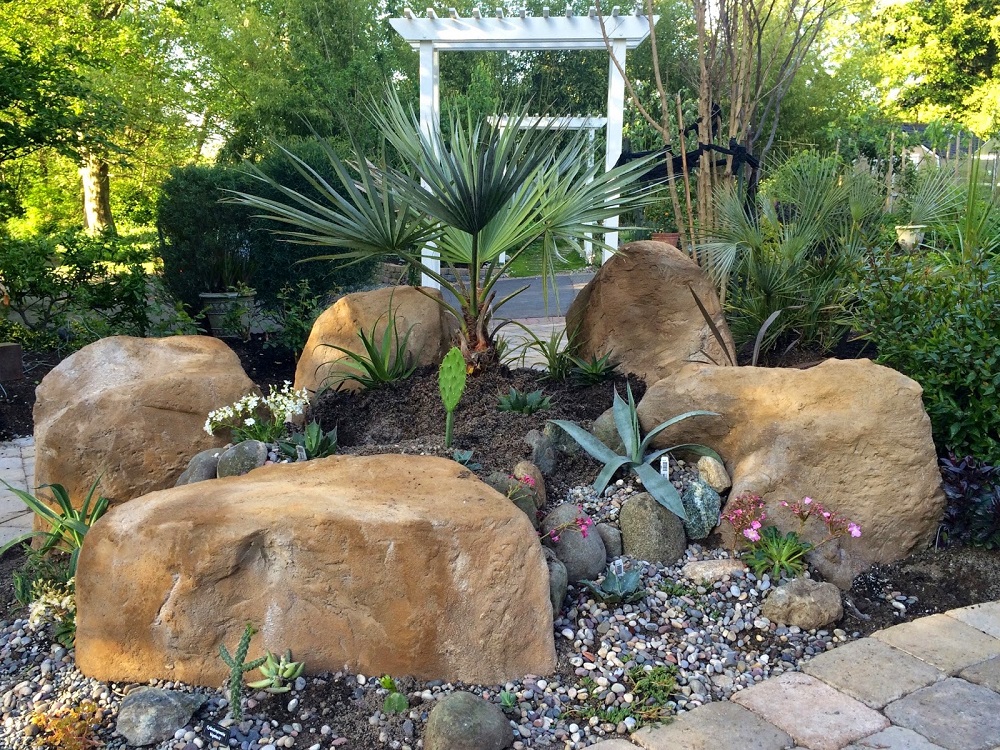5-10-5: Justin Galicic
Interview by Eric Hsu and Justin Galicic
Photography by Justin Galicic (except for the profile pic by Michael Siegel)
Justin is one of those rare individuals whose chief profession isn't horticulture, but music education, although it has not deterred him from being an avid gardener who has willingly transformed his parents' garden into an one with subtropical touches. He has the enviable advantage of residing in the maritime Pacific Northwest where mild winters and moderate summers permit a wide range of plants to be grown. I have long heard about him from my other friend Riz Reyes, another keen plantsman, and finally had a chance to meet him at the Mahonia Summit in Seattle in February 2015.
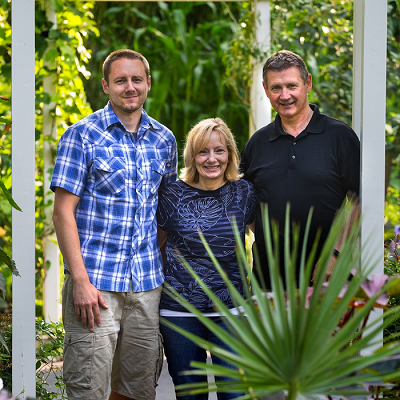
Please introduce yourself.
I am Justin Galicic
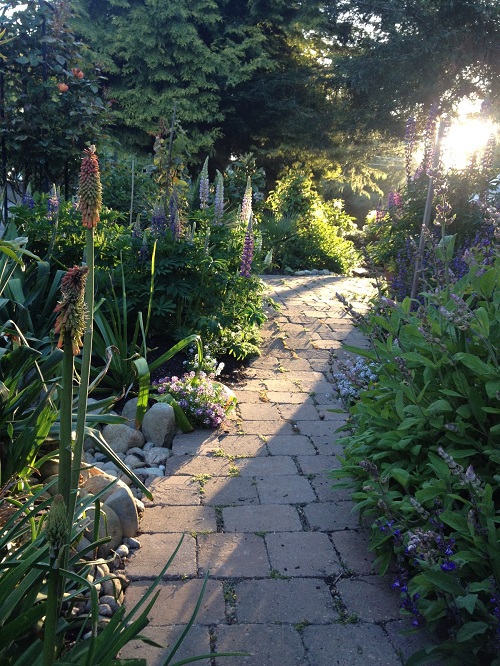
The arts or horticulture?
Horticulture
What is your first gardening memory?
As early as I can remember, each year my dad would rototill the vegetable garden in the spring and give me a section to grow whatever vegetables I wanted to. I always wanted to grow every seed packet we had!
You're somewhat unusual among the people we profiled here on the blog that your chosen profession isn't in horticulture or landscape architecture, but rather music education for young children. Have you found yourself feeling a bit of an outsider or a spectator?
No, I definitely feel like an active participant in the horticultural community. I am on the board of the Northwest Horticultural Society so I think that officially qualifies me as an insider. As far as my career goes, this past year was my last teaching music and as of right now I'm a full-time student getting a tech degree in front-end web development.
Garden designers and landscape architects frequently refer to music terminology to describe the feelings or emotions of their work. Do you have specific musical vocabulary that would describe your style of gardening?
There are a lot of similarities between the two because I think the end goal with a musical composition is virtually the same as designing a garden: to create an experience that transports you to another place. All the great composers juxtapose contrasting elements in their music: high vs. low, loud vs. soft, fast vs. slow, etc. In the garden, I like to put big, loud, scary and dangerous right next to small, quiet, happy and safe. A musical composition is also moving - slowly building a crescendo, retreating from a climactic peak, modifying a previous theme, etc. In the same way a well-designed garden pulls you toward some feature or echo colors and textures that establish a sense of overall harmony. It's always moving and compels anyone in it move with it.
Because you currently reside in an urban condo with no gardening space, you have creatively appropriated your parents' home in Normandy Park to create an impressive garden. While parents are generally supportive of their children's interests and endeavours, did they have any inkling of what they had set themselves up for when you started the garden there? I imagine that there were some concerns especially with what your parents favored.
They definitely had concerns! When I was building the pond, it took all almost all the intellectual energy I had to convince them that the waterfalls should be 7' tall instead of 3' tall. They wanted the design on paper, but I wasn't able to draw anything resembling what I had in my mind. But little by little, they gained confidence in me. My mom still vetoes some things I want to do. I'm not allowed to grow Equisetum or Cannabis (it is legal in Washington!) but other than that I'm pretty free to plant whatever I want.
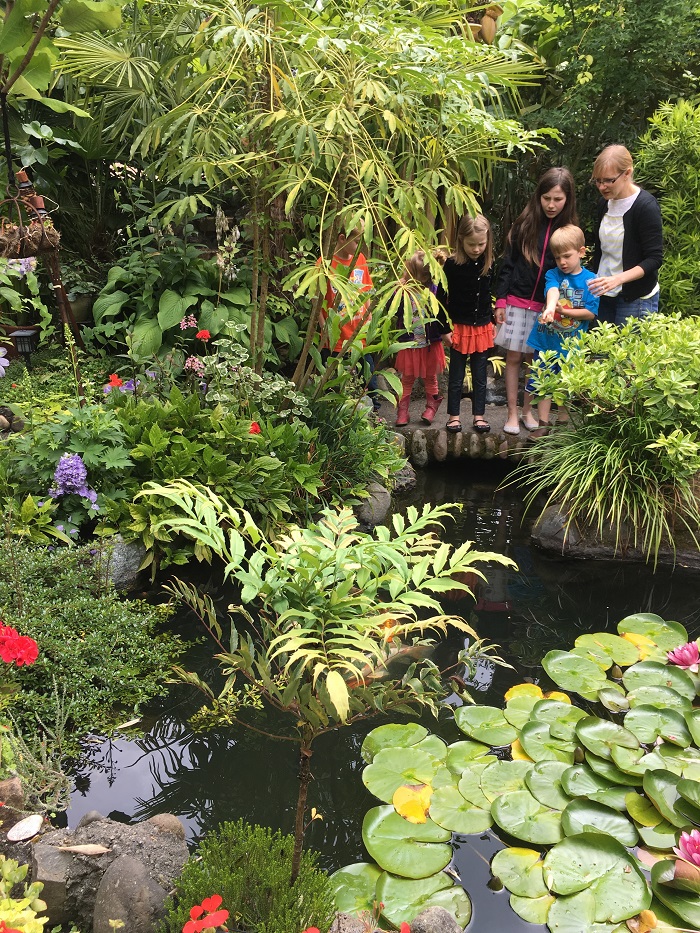
Your parents must have tremendous patience as they were willing to consent to hosting an annual horticultural fair. How did the idea come about and has the community response been positive?
It is a big undertaking but always rewarding. The idea actually started as I was trying to think of an environmentally friendly way to get rid of the ginormous stacks of black nursery pots I had been accumulating over the years. I figured the best way to get rid of them would be to repurpose them by selling new plants that I propagated in the old pots at a plant sale. I e-mailed Dan Hinkley to see if he would be interested in giving a talk in our garden to accompany the plant sale. He said yes and we got about 200 people in attendance that first year. After five years, it has helped bring the gardening community in the neighborhood together and I know more than a few neighbors who have gone from intimidated to over-the-moon-excited about their own gardens.
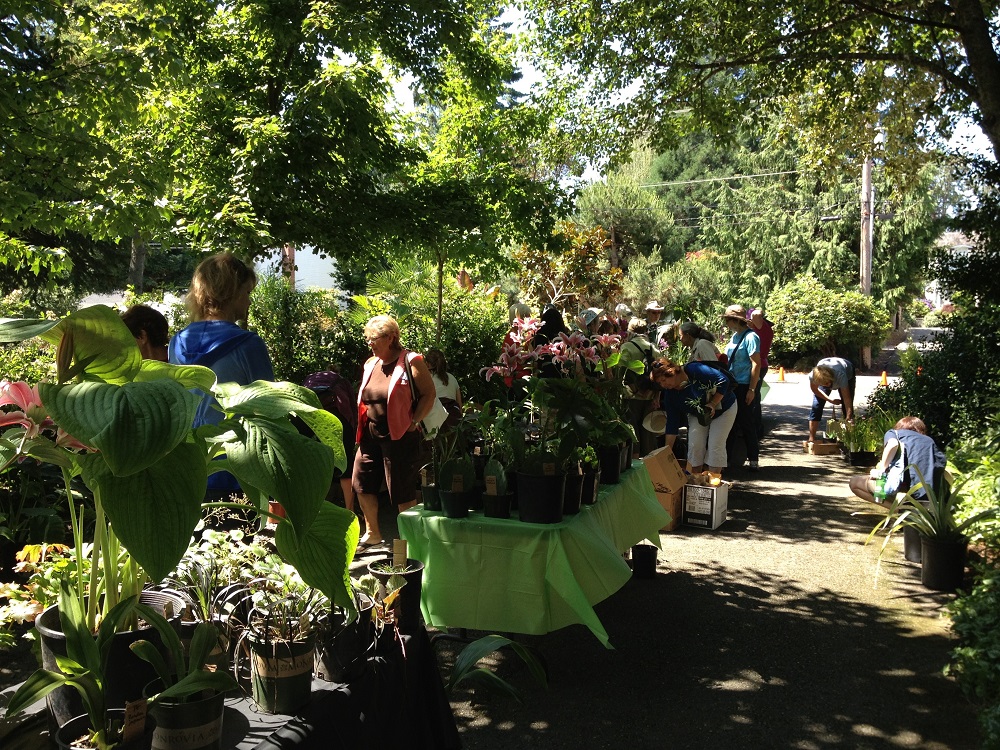
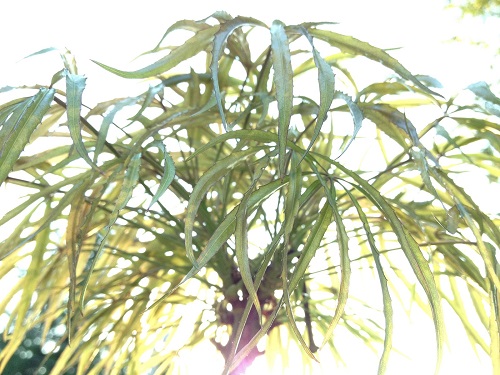
Like other serious plant geeks, you have a limitless interest in all plants. However, are their specific genera or horticultural groups you seem to gravitate towards?
I'd say my interest is centered around palms, agaves, and much of the aralia family.
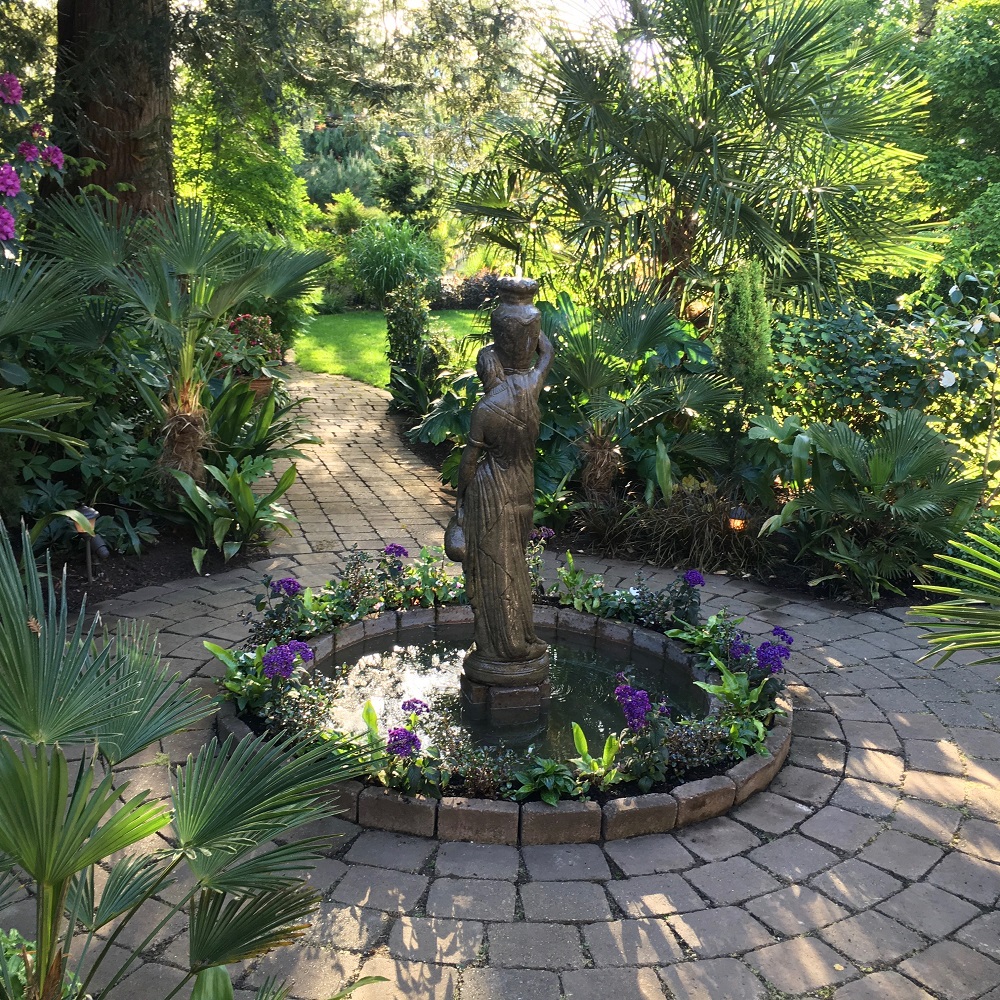
Bold foliage and shapes from bananas, scheffleras, hardy cacti, and palms are emphasized at the Normandy Park garden. Was it a subconscious fantasy to have a bit of tropics in the Pacific Northwest?
No it was entirely conscious! For a while I was only interested in tropical and subtropical plants. The idea of creating a jungle in my backyard was always a fantasy. Perhaps if I grew up in the tropics I'd be more interested in hardy plants, but tropical plants have been forever imprinted on my heart.
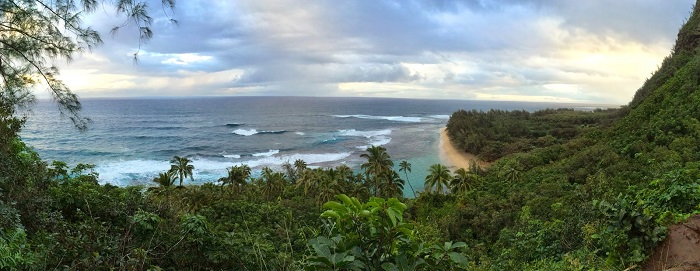
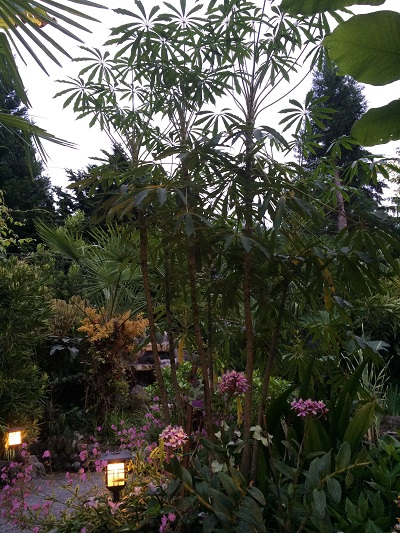
Except for Schefflera delavayi, most of the scheffleras are not hardy for us in the East Coast. For our Pacific Northwest and mild climate gardeners, what scheffleras have been successful and hardy?
S. taiwaniana is probably the easiest to find, but S. fengii and S. alpina also make appearances at plant sales in the NW from time to time.
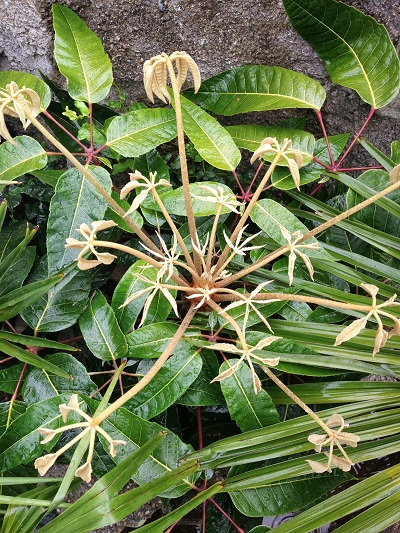
Not only has your plantsmanship served you well in the garden's diversity, but also you have a knack for building as evidenced as your 'fake' rocks that add some hardscaping to the garden. Were you largely self-taught where these projects came to mind?
Yeah I learned how to make the fake rocks from watching You Tube videos and studying how they were made at places like the zoo and Disneyland. It's not as difficult as it looks but there is definitely an artistic touch involved.
I like how you keep the budget-conscious gardener in mind during the construction project as you outlined the cost per fake rock in your blog. It's a change from the usual gardening or lifestyle magazines that assume its readership having unlimited funds to buy or build high quality features outdoors. What other budget-friendly projects do you wish to tackle and demonstrate online?
Probably the most budget-friendly project a gardener can do is propagate their own plants. I do it on a scale that gives me enough of the plants I want to fill my garden while also having some extras to sell at plant sales. I also started building my own arbors when I ran out of things to grow vines on. They have the added benefit of acting as "doorways" to different areas of the garden. I painted them a creamy color, the same color as the house's trim, and they help to visually tie the house in with the rest of the garden.
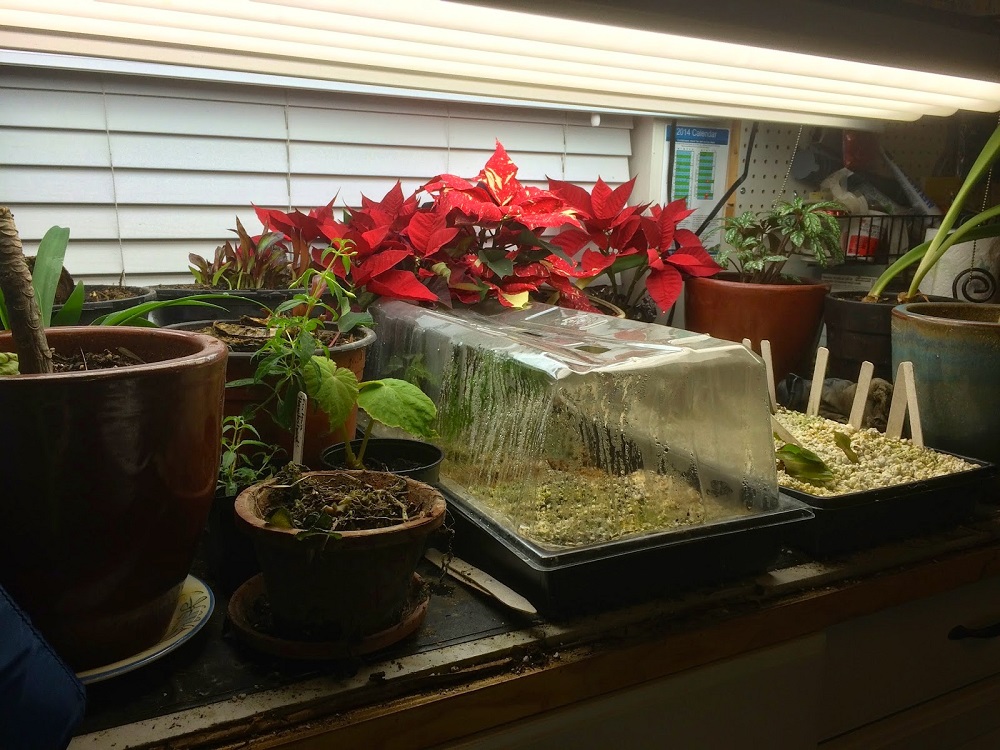
You demonstrate a knack for propagation - and the basement setup seems within the reach of an average hobbyist. Any tips on what to do and avoid?
Taking plant cuttings had always mystified me, and for a while I thought I would never be good enough to be successful at it. But with some persistence and determination, I can say I've now gotten over 100 plant species to root. There are a lot of great how-to videos on You Tube and of course countless books on the subject. Definitely invest in a heat mat and propagation dome (in order to maintain humidity). And avoid doing it in a place where bugs are going to interfere. I find the garage is a pretty good place to root cuttings. If you take 20 cuttings and 10 of them root, that's a success. If all of them fail, that's a success too because now you know not to do it that way.
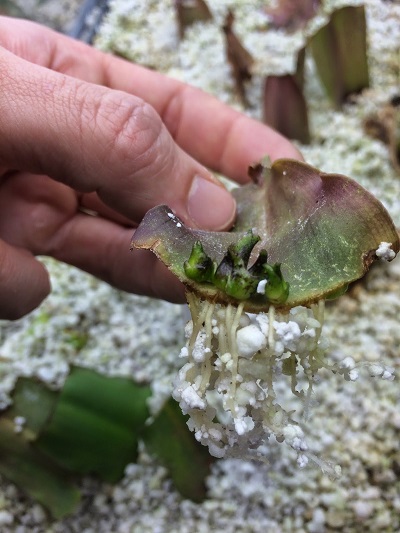
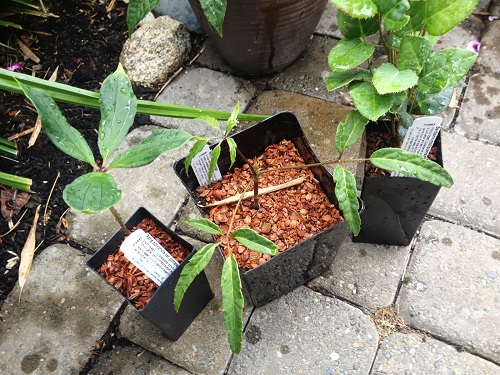
Gardeners in the Seattle -Portland metro region can count themselves fortunate to have specialist nurseries and sophisticated garden centers for plants. What are some of the nurseries and garden centers you often turn to when you seek to satiate your plant addiction?
My top three are Cistus Nursery in Oregon, Far Reaches Farm in Washington, and Plant Delights Nursery in North Carolina. All offer mail order, and between those three there is enough of a selection to fill any sized garden with an incredible variety of plants.
In addition, the region is accessible to majestic national parks. What natural areas do you like to visit when you wish to escape the horticultural haze?
It's always great to see how plants like to grow in their native environments. Mother nature is the best garden designer, and no one has ever been able to even approximate the horticultural wonderment found in nature. The most beautiful spot within driving range for me are the wildflower meadows in Mt. Rainier National Park.
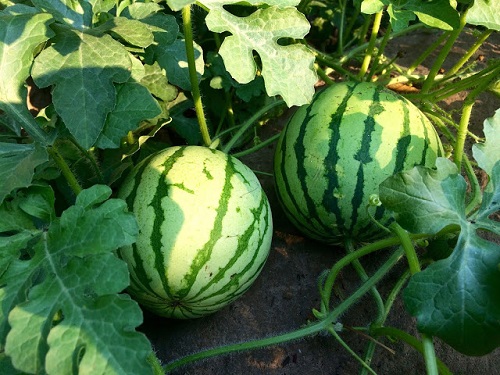
A lot of us are envious at what the relatively temperate climate of the maritime Pacific Northwest can accommodate and foster while we battle extreme heat and humidity, invasive Asian tiger mosquitoes, and floral displays that go over too quickly. It's harder to reconcile our horticultural aspirations with the continental climate in North America. Are there any plants you see elsewhere in your travels that you wish you can grow better or successfully in your area?
Oh yeah I'd love to be able to grow more palms, proteas, bananas, bromeliads, citrus, echiums, agaves, cacti, and other tropical and subtropical plants. We usually can't get beefsteak tomatoes, cantaloupes or watermelons to ripen. But I'm always discovering a new appreciation for plants I can grow in my climate that I might not have discovered if I could grow anything I want.
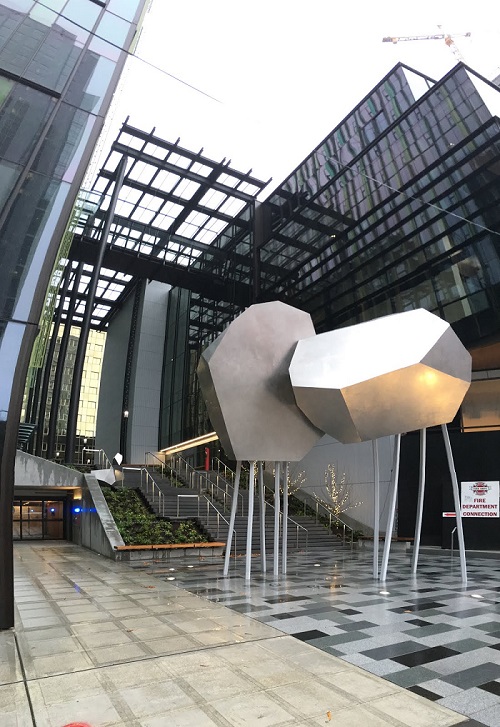
Seattle is one of the fast growing cities due to the influx of tech companies moving upwards from Silicon Valley. Is there a growing disconnect between public space plantings and companies who are building campuses, but not aware of the climatic possibilities?
Thankfully conventional urban landscape design is moving away from turf grass accented by gaudy colors toward more natural and sustainable landscapes. But there is the unfortunate reality of heirloom turfgrass and flower beds leaching runoff fertilizer and pesticides into nearby lakes and streams. Self-sustaining urban landscapes are the answer. The alpine wildflower meadows on Mt. Rainier are an example of a beautiful, completely self-sustaining landscape. If we can create urban landscapes that don't require additional resources after the initial installation and strike a balance with nature, the air we breathe will be cleaner and we will leave more water in our lakes and streams for wildlife to flourish.
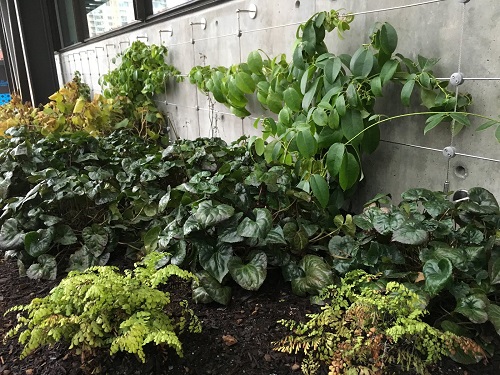
If you were to create a new garden from scratch, would that garden resemble the one at your parents' home? Sometimes our tastes change and evolve over time, and some people begin to simplify their gardens.
If I designed a garden from scratch it might very well look similar to how the one at my parent's house looks right now. I've made plenty of mistakes along the way that I've gone back and fixed so it would certainly take a lot less time! When I eventually buy my own house and start my own garden, I hope it will have many of the same elements - tropical jungle with roaring waterfalls, sunny Mediterranean border, shaded woodland, zen garden, a veggie patch, and plenty of space in between for growing whatever my latest obsession happens to be.
Your desert island plant?
Artocarpus altilis aka breadfruit. It is a beautiful tree and has the added benefit of being edible and life-sustaining.
Any nuggets of advice you wish to pass along to your peers who have just bought homes, but are intimidated about their gardens?
Home builders (at least here in the Pacific NW) are really good at putting dense clay soil on top of the native topsoil when they excavate, leaving little room for plants to develop strong root systems. Bringing in some loamy topsoil before planting goes a long way toward helping plants get established and reducing the need for future watering. Even if something dies or doesn't do what you want it to do, don't get discouraged. Keep trying new things. If you're not failing, you're not learning.
Thank you Justin!




